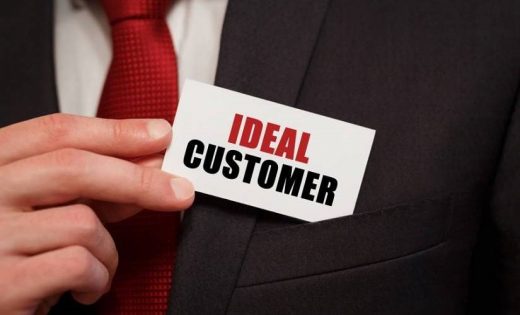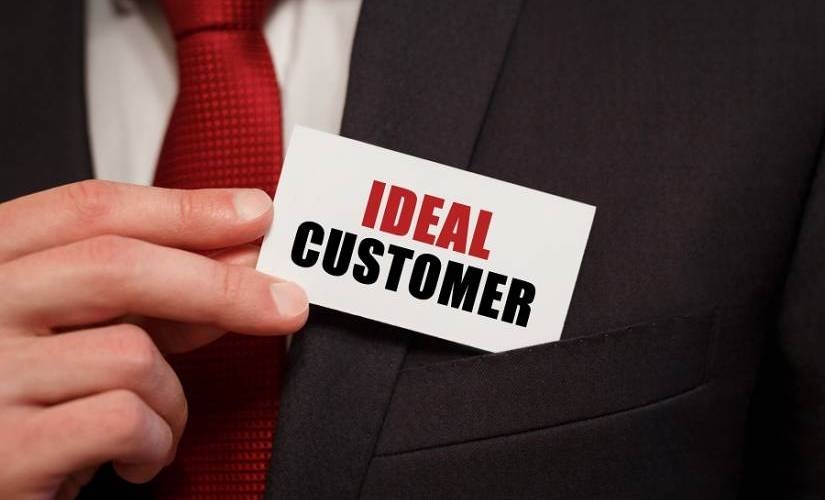How Do You Create an Effective Journey Map for Your Customers?
How Do You Create an Effective Journey Map for Your Customers?
Landing in the “no product at all” category makes it all the more crucial for marketers to study different customer-mindsets in-depth and learn how to create your customer’s persona.
That’s why experts recommend studying situations from the customer’s point of view; to anticipate what will be their next course of action. Only then can a marketer get answers to the following questions:
- What is the root intent when one is looking for a solution to a problem?
- Why did the customer choose your competitor over you?
- How did they feel for the first time after using a product?
It will allow you to create a message that instantly captures attention, and finally work upon creating a customer journey map. But besides answering these questions, you need to follow the steps below to create a journey map successfully.
Understanding Your Customers
Do you come up with a lot of questions when trying to understand your customers?
“What encourages my customers to buy the product?”
“Why do they hesitate about purchasing our product?”
“What concerns do customers have when thinking of purchasing the product?”
Well, these questions arise when you do not understand your customer’s personality as their journey begins with your brand.
But to know this, to answer your “how to create a customer journey map” question, you need to understand them in the first place. And once you know them well, mapping the customer journey also becomes simpler.
In this section, we’ll help you to understand your customers in four easy-to-follow steps. So, let’s deep dive now!
Step #1: Gather Key Data
Did you know that 68% of customers prefer version A to version B?
But you’d only know this if you understand who your customers are.
So, to understand customers, you need to gather crucial data about them. For this, use channels like:
- Landing page performance data.
- Customer support tickets received via help desk software.
- Incoming customer support chats.
- CRM data such as customer’s name, email address, products or services purchased so far, and so on.
- Search history of the knowledge base repository.
- Customer behavior data via an analytics tool.
- Current social media activities.
Such data allows your business to answer the questions mentioned above and, from there, help you customize and create a customer journey map.
Step #2: Speak With Colleagues
Another way to know your customers is to communicate with your co-workers who are in customer-facing roles every day. Communication with coworkers can include your support, sales, and marketing team insights on customer behavior during a product purchasing journey.
While sometimes it may seem to be a vague attempt, experience tends to help organizations understand customers better. Those who face customer requests every day would know:
- Your target audience better.
- How many stages should the customer journey be divided into?
- How customers might end up behaving during support, sales, or marketing process?
Step #3: Send Out Surveys
Capture qualitative and quantitative data via surveys to get a holistic idea of a customer’s mindset. For this, send out customer satisfaction surveys and even Net Promoter Score (NPS surveys — like qualaroom dot com) to see where your brand stands.
Plus, you learn whether the existing customers are satisfied with your services or not.
Basically, the more data you collect, the more clarity you get on customers. And thus, it becomes easy to build an audience persona. In addition to this, you get to create a seamless customer journey mapping process.
Step #4: Develop a Target Audience Persona
With all the data in hand, time to develop a target audience persona. You can create personas like:
- Customer motivations.
- Customer needs.
- Customer’s hesitation towards your products.
- Customer’s concerns related to the overall brand service.
It’s no guesswork; you can build viable personas with the quantitative and qualitative data you gather. Once you create these personas, it becomes simpler to reach out to your target audience with effective marketing campaigns that end up increasing sales.
Understanding What Customers Go Through
You’ve understood how to identify customers and what affects them when interacting with your brand. It’s time that you understand their pain points at a deeper level.
91% of customers who are unhappy with a brand will leave without complaining — this is important to note.
As a customer-oriented organization like yours, you wouldn’t like to see this happening with your customers. That’s why you need to work upon the next customer journey stage to understand what your customers go through.
Doing so will allow you to create excellent customer journey mapping examples for upcoming teams at work hassle-free.
Step #5: Consideration Phase
As you complete the process of creating a target audience persona, you should dive deeper to learn what all things do your customers consider before making a purchase.
Make a list out their concerns, such as:
- Is the service worth investing in?
- Do I need the product?
- What purpose will the product’s use serve me?
- Are there any consequences I need to be worried about?
- What if the quality isn’t worth my investment?
These help you create counter solutions that help you answer – what is customer journey mapping and how to simplify it further.
Step #6: Purchase Phase
As you map out this phase, you see the steps your customers take to complete the product purchasing process. Here your organization can identify the problem areas and provide solutions to improve sales.
Questions you should look into can be inclusive of:
- When did the customer lose interest in the product?
- Should we cut-short the check out process?
- Should we add a live chat to create upsell opportunities?
- Should we trigger help when we see an exit-intent?
Step #7: Retention Phase
Finally, track your retention strategies and monitor how many customers you successfully retain with their help. You’d learn about things that put your customers off and why they deviate from the purchasing process. This would allow your team to further upgrade existing strategies and actually retain customers.
Track what strategies worked out fine and which ones ended up losing more customers, only to refine the existing marketing and retention strategies.
In the End
It is important not just to understand the customers but also to carve their journeys with your brand. However, learning about their thought process is crucial for your business. That’s why you need to follow the aforementioned steps to:
- Understand your customers using:
- Different mediums to capture crucial data on customers
- Information collected through colleagues
- Surveys like customer satisfaction or NPS
- Target audience persona
- When they consider reasons for investing in your product or service
- When they find compelling reasons to purchase your product
- When they find your efforts impressive and helps your brand to retain customers effectively
Once understood, it becomes easier to come up with strategies that shape their journey with your brand. We hope these easy to follow steps help you create a customer journey map hassle-free.
The post How Do You Create an Effective Journey Map for Your Customers? appeared first on ReadWrite.
(10)



